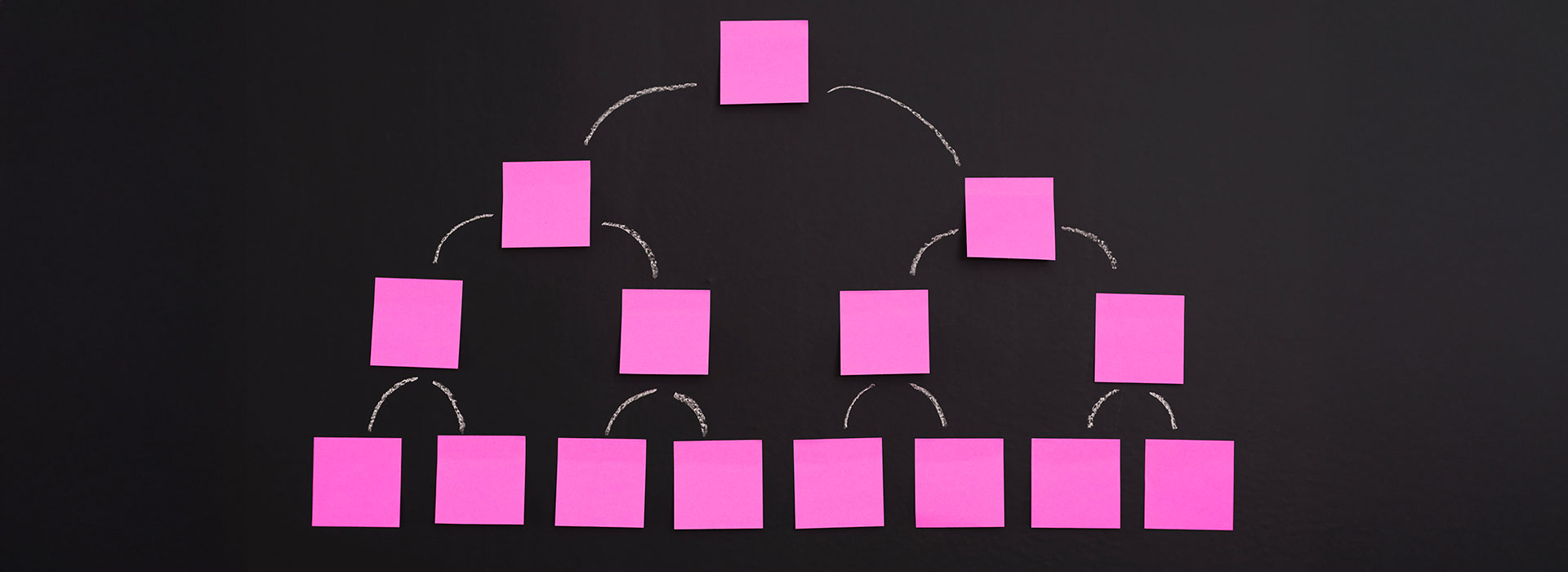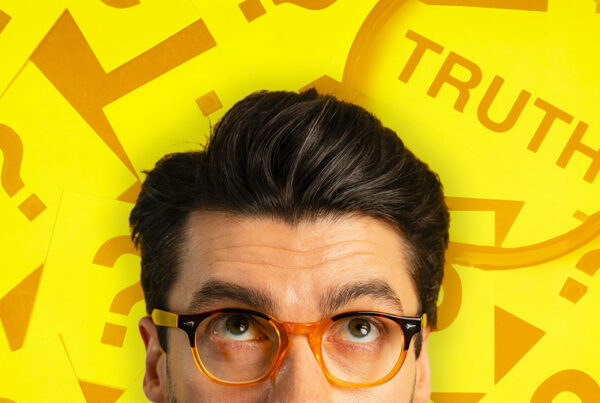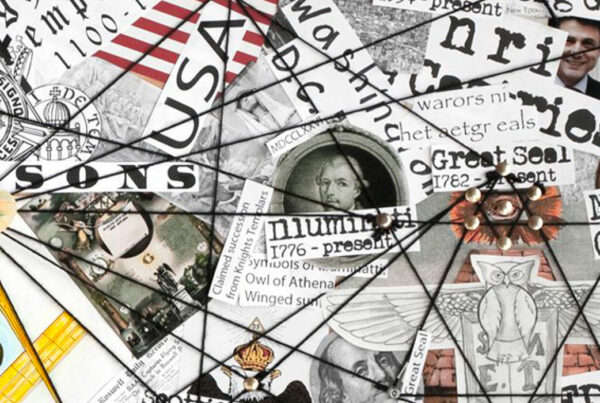Definition
The hierarchy of information refers to the way the media classify and prioritize news, from the most important to the least important. This ranking influences the prominence given to a piece of information (front page of a newspaper, opening of a TV news broadcast) and the amount of time devoted to it.
Why is some information given more prominence than other information?
Journalists collectively decide on the topics to cover and how to highlight them during editorial conferences. Several criteria come into play in this prioritization:
- The importance of the event: A major event (political crisis, natural disaster, international event) will be given higher priority.
- Timeliness (factual and recent): The more recent the information, the more likely it is to be at the top of the news.
- Impact on the public: Information that directly affects the reader or viewer will be emphasized.
- Rules of proximity: Journalists take into account several types of proximity:
- Geographical: A local event will be more visible to the relevant audience.
- Cultural: A topic related to a shared culture will capture more attention.
- Emotional: Facts provoking a strong reaction are often more widely reported.
- The format of the media: A continuous news channel will not highlight the same topics as a monthly magazine or a specialized newspaper.
- The target audience: A media outlet aimed at young people, professionals, or the general public will not choose the same subjects.
- The orientation of the media (editorial line): Each media outlet has an editorial line, meaning its own identity that influences the selection and treatment of information.
Editorial line: a factor of influence
The editorial line of a media outlet corresponds to the values, tone, and thematic choices that guide its coverage of current events.
Examples:
- An economic media outlet will highlight information related to finance and businesses.
- A political newspaper will present an event differently depending on its ideological orientation.
- A youth-focused website will choose topics that are accessible and relevant to young readers.
A hierarchy of information that varies according to the era and the concerns of the moment
The hierarchy of information is not fixed: it evolves according to historical, social, and technological contexts. Some topics gain importance over time, while others lose relevance.
For example:
- In the 20th century, international news was often dominated by world wars, the Cold War, or major scientific discoveries.
- Since the 2000s, environmental issues (climate change, biodiversity) have been increasingly covered in the media.
- During the COVID-19 pandemic, health information took a predominant place, pushing other topics into the background.
- With the rise of social networks, viral phenomena and opinion debates now carry more weight than before.
The media therefore adapt to the concerns of the moment and to public expectations, which directly influences how information is classified and disseminated.
A subjective and debatable hierarchy
The hierarchy of information is not an exact science and is often debated. Every day, editorial teams make choices, and these choices can be questioned by the public.
- There are no fixed rules to define which information is the most important.
- Some topics may be underreported or, on the contrary, overreported.
- The ethical and deontological charters of the media remind us of journalistic rules but do not impose a precise hierarchy.
Why question the hierarchy of information?
- To develop critical thinking about media choices.
- To understand why certain topics dominate the news.
- To diversify one’s sources and obtain a more balanced view of information.
✨ Any information that is broadcast is always the result of a choice. It is essential to be aware of this in order to better understand the media and develop your own critical perspective!






